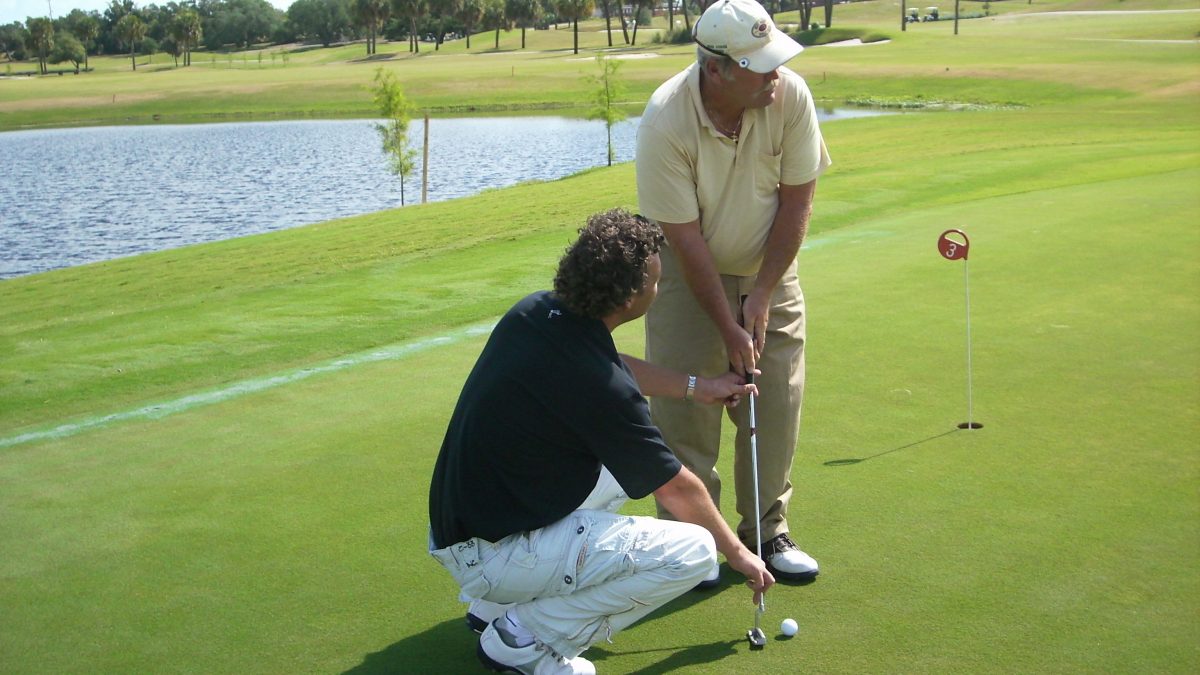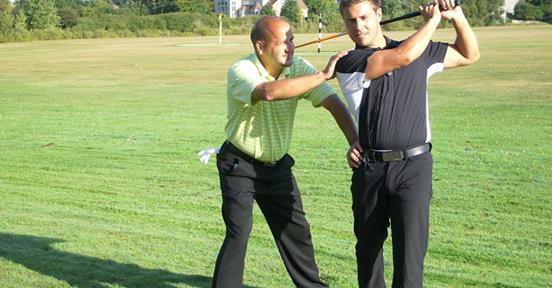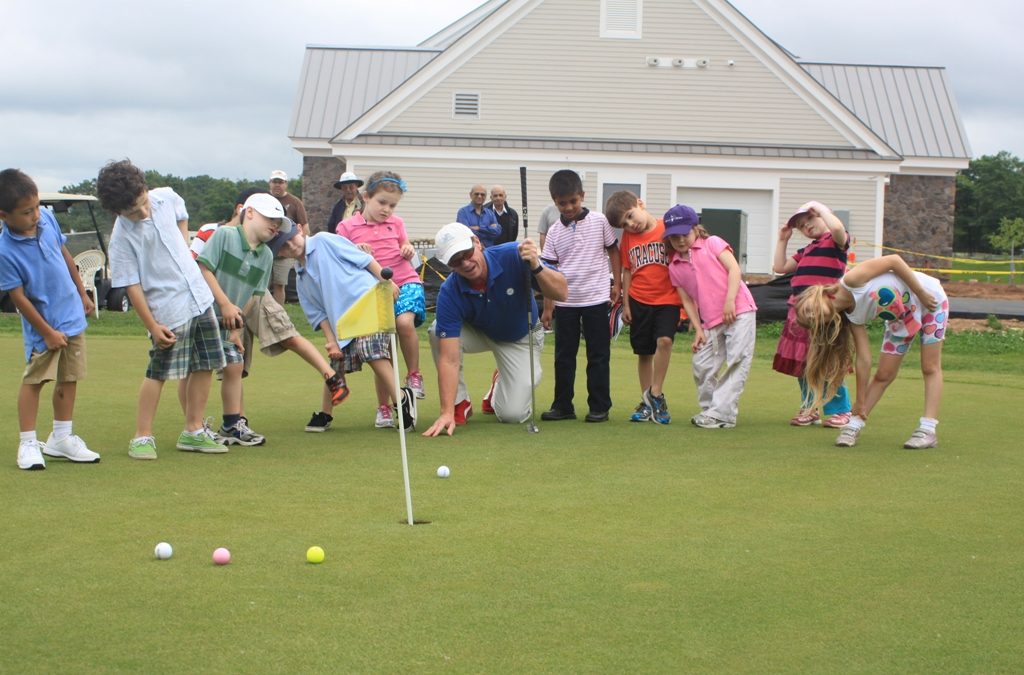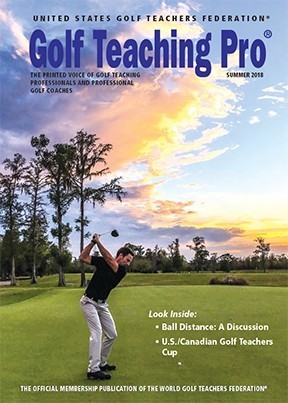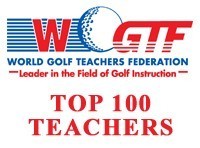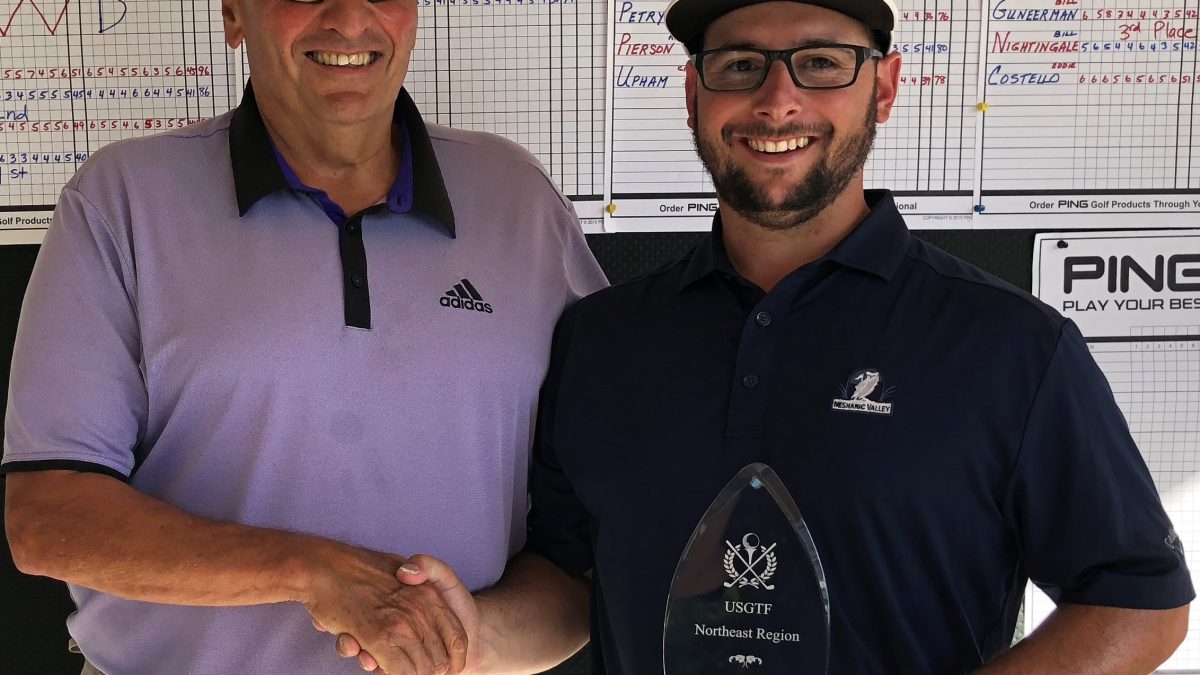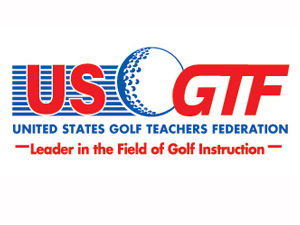Positive Body Language: Five Tips To Attract And Retain New Clients
Columbia University did a recent study where participants were placed in a variety of situations where positive body language techniques were used, but the participants discussed negative and depressing topics. They also created scenarios where participants used negative body language techniques but discussed uplifting topics. Overwhelmingly, students gave favorable impressions of their colleagues based on their positive body language rather than the discussion that took place. The study suggests that people are more often influenced by how they feel about you than by what you’re saying.
Positive body language can have a tremendous impact as a golf coach. Here are some tips to help you develop positive body language:
Always look like you’re listening to your client
The key to active listening of your clients is to engage with what your client is saying. Body language is a major component of listening. Leaning forward, nodding, tilting your head, and keeping your feet pointed in the direction of the person speaking are excellent non-verbal ways to show you’re engaged and paying attention. Don’t look at the ground when your client is talking. Active listening also involves repeating back or paraphrasing what your client has said. This is an excellent way to demonstrate that you are genuinely paying attention.
Shake hands before every lesson
Touch is the most powerful non-verbal clue. Physical touch – even a fraction of a second – can create a powerful human bond. It’s in instinctual capability that all humans are born with. It’s for these reasons that a proper handshake is so important. A firm, friendly handshake that conveys a sense of friendship and warmth helps make a person feel closer to us. It is also makes a person far more likely to remember your name and you theirs.
Cultivate a genuine, friendly smile
Smiling not only influences how we feel in a situation, it signals that we are approachable. Additionally, most people have a keen sense of when a person is faking smile. It’s important to convey a sense of happiness when meeting or greeting someone.
Uncross your arms and legs On the flip side, using defensive postures can immediately make someone feel off-put. Defensive body language can impact how your client responds to you. Crossing your arms and legs sends a subtle message to whomever you are speaking with that you’re upset or not enjoying the interaction. Be mindful of it.
Put away the device
Cellphones are easily becoming one of the biggest problems in human interaction. Certainly as a teacher, it’s a daily struggle to keep my students focused on me and not their devices. They may help keep us in contact with each other, but when face to face, there is no greater barrier to a positive interaction than one person (or both!) checking their cellphones. As the coach, you need to set an example by putting it away and keeping it away.

